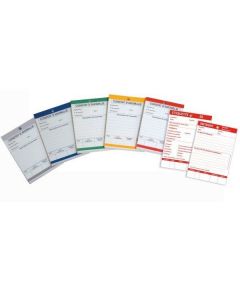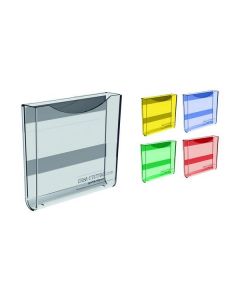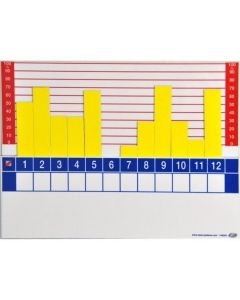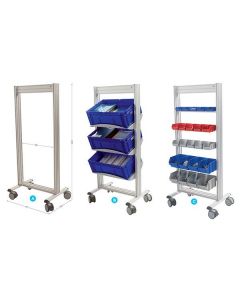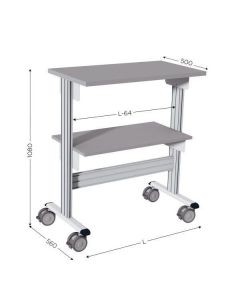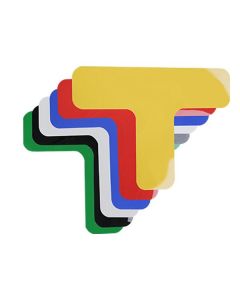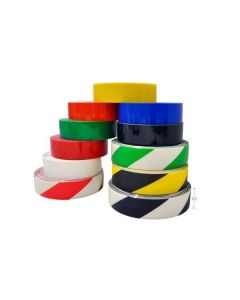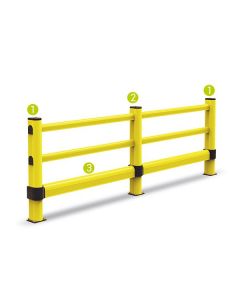
The 7 Types of Wastes of Toyota Production System (TPS)
The 3 losses of the TPS system: MUDA, MURI and MURA
Eliminating waste is essential to the proper functioning of LEAN. There are 7 primary Muda, or types of waste, with additional types of waste referred as Muri (excess) and Mura (irregularity) as described by Taïchi Ohno, creator of TPS. Eliminating waste helps to optimize the company's flows and processes and results in profit.
DOWNLOAD THE 5S MANUAL
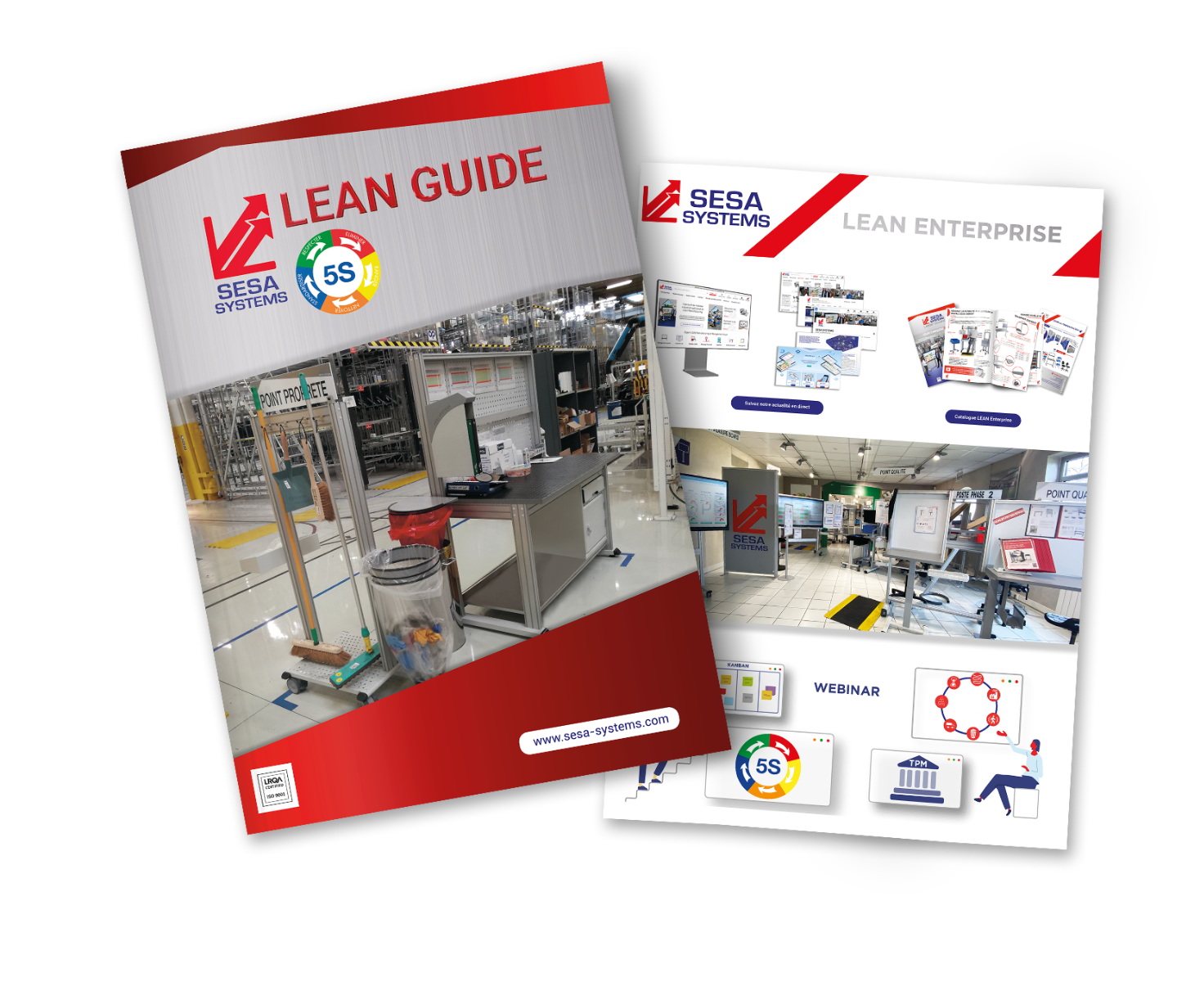
-
MUDA : Waste
Represents all waste created by the company, involuntarily and likely to be eliminated. MUDA do not add value. They are therefore the easiest waste to identify, track and eliminate.
-
MURI : Excess
It is linked to activities that are difficult for operators to carry out, particularly due to the company's equipment and materials. These losses are created through unreasonable activities and consequences include: work accidents, ergonomic problems or musculoskeletal disorders (MSDs).
-
MURA : Irregularity
Irregularities or variations in the production chain at the operator level. Mura creates cuts, pauses, and machine stops because one is waiting for a part, piece of material or an operator. A work rhythm it typically established to eliminate Mura. The Heijunka is a method is often utilized to level production.

Eliminating Waste is Part of LEAN's Philosophy
 1- WASTE RESULTING FROM OVERPRODUCTION
1- WASTE RESULTING FROM OVERPRODUCTION
In Japan in 1945, any materials or resources badly affected could lead to storage, resulting to deferred and reduced income. This pattern occurred on a smaller scale in 1973 during the oil shock and the decades that followed. Not forgetting the quota systems imposed in some European countries, which limited market capacity for Japanese manufacturers. Maximizing sales was selling EXACTLY what different customers wanted. The generalization of this idea in the production system will lead to the Kanban system. Although post-war shortages have now subsided, offering a range of important models and producing only what is ordered remains essential to avoid overproduction. A whole system for collecting information from its customers enables the brand to adjust its production "as accurately as possible".
Maintaining this principle is also a means for shrinking markets to maintain margins since it is easy to improve productivity by increasing the quantities produced, but it is difficult to do so in a context of declining production volumes. Eliminating overproduction means paying great attention to planning but also agreeing not to seek the full use of resources. It can also involve losing stored objects in a hurry, no longer finding them in an emergency context. This wastes time, energy and even money if the product is not reusable. 5S allow organizes to arrange the storage area, production and teams.
 2- WASTAGE FROM WAITING TIMES
2- WASTAGE FROM WAITING TIMES
An unoccupied resource is not necessarily a waste, because full employment must be distinguished from the activation of a resource. Pending parts can be assimilated to stocks. The halt of labor resulting from a lack of balancing or hazards affecting the production flow is minimized by operators being authoriszed to provide mutual assistance. Downtime due to equipment failure or series changes are drastically reduced using Total Productive Maintenance (TPM). Rapid tool change methods, also known as SMED method, also helps to reduce waste.
But this isn't the only instance affecting profits. When overproduction is stored in an unorganized manner, time is lost locating the product when needed. To avoid searching time, it is possible to set up visual management to locate products quickly and efficiently.
 3- WASTE CAUSED BY TRANSPORT
3- WASTE CAUSED BY TRANSPORT
Transporting a part from one machine to another gives it no added value. Having the various machines in flow-shop, i.e. in specialized workshops, is a good way of reducing internal logistics. In the flow-shop, all the necessary resources are available to carry out the various operations so that production flows smoothly. The job-shop or specialized workshop groups together resources of the same type, turning workshop, drilling unit, milling workshop, etc. Carrying out the different operations on the same part requires constant transport and waiting times between workshops. It is generally accepted by all manufacturers that the availability of resources in specialized workshops leads to a real logistical nightmare. The pieces cross circuits and spend time waiting in the inter-stocks. Placing different resources very close to each other reduces transportation needs and physically prohibits large inter-stocks. If transport is being identified as waste and transport cannot be eliminated or further reduced, improvements can be sought.
What is the point of investing in complex technology that improves waste? This kind of nuance applies to automated links between machines; if manpower can be eliminated by automation, it is preferable to do so, because equipment will save the company in the long run, while manpower will continue to require perpetual end up no longer costing anything, whereas humans require a perpetual investment.
Example of Parts Transport in the Electronics Industry
With the exception of highly automated processes, the trend observed in the Japanese electronics industry is quite significant. Manual operations that inherited manufacturing of heavy office machinery and television resulted in sophisticated transfer lines. The generalization of these lines was made even for small and light parts. The extreme segmentation of the tasks resulting from mass production reduces the cycle time per shift to such a level that the gripping and resting of the parts on the line become non-negligible compared to the operation itself. With the end of mass production, a search for flexibility imposed a redesign of the production system. Gradually the transfer lines were abandoned, cheap workbenches were placed in "cells", side by side, and transfers were made from hand to hand, between operators. Under this new standard, the gains in space and efficiency were often spectacular, and the maintenance costs of sophisticated lines were eliminated.
 4- WASTE DUE TO UNNECESSARY STOCKS
4- WASTE DUE TO UNNECESSARY STOCKS
The definition of stocks must be understood in a broad sense; pending parts are a stock, parts on the way are a stock, perhaps in movement, but still a stock. The distinction between transfer batch and production batch leads to the principle of just-in-time flow. It is certainly the best indicator and means of destroying hidden stocks. The limited space available prevents storage. The layout of the various flow-shop resources considerably reduces transport requirements and allows little or no storage. Ideally, we try to put the resources in direct contact with each other and we try to work with transfer lots of one size. Automatic storers have the same characteristics as transitic means; they improve the storage operation but do not suppress it. The objective is to eliminate waste due to unnecessary stocks, which implies the existence of "useful" stocks; which are vital. To seek zero stock is nonsense.
 5- WASTE IN MANUFACTURING PROCESSES
5- WASTE IN MANUFACTURING PROCESSES
It is hard to believe there can be unnecessary operations in manufacturing. However, trade and technological evolutions require less operations for a product. A critical analysis of each operation can uncover this kind of waste.
 6- UNNECESSARY MOVEMENTS
6- UNNECESSARY MOVEMENTS
The notion of unnecessary movements is well known to all. The most obvious unnecessary movements are usually easily eliminated. It's understandable that bad habits spontaneously develop may go unnoticed. These habits can easily escape observation, either because these actions stop when an observer arrives, or because the observer is deceived by the ease of performers. It is sometimes surprising to note the efficiency with which the operators manage to carry out complicated and unnatural gestures. Other movements that can be categorized as unnecessary might include the useless comings and goings of operators, ergonomics of the stations, the arrangement of the workshops, the supply and more.
 7- WASTE DUE TO DEFECTIVE PARTS
7- WASTE DUE TO DEFECTIVE PARTS
The abundant literature on quality management and the dissemination of the quality spirit in companies have raised awareness of the costs of non-quality. This cost exceeds that of the defective part and its reprocessing or replacement, because with just-in-time flows, the incidence of non-quality spreads downstream, creating delays, missing parts, loss of opportunity, etc. The important thing is to remove the cause of non-quality, not to treat the symptoms.

DOWNLOAD THE 5S MANUAL
Optimize your processes and improve your performance !
Discover all the concrete applications, tools to implement as well as our advice on our areas of expertise.
Need more information?
Do not hesitate to contact us if you would like more information or customized support.
Our experts are at your disposal.














